VietNamNet newspaper quoted the book Vietnamese medicinal plants and herbs by Professor Do Tat Loi, which provides a lot of interesting information about the effects of plants around us. Below are 5 types of wild vegetables or very easy to grow that can be used as medicine. Note that you need to consult a doctor of Oriental medicine before using.
Purslane
According to Dr. Phuong Thao, purslane is a wild vegetable, familiar in the life of Vietnamese people, but not everyone knows that it is also a valuable medicine that can help treat many diseases. The part used is the whole plant.
100g of vegetable contains 92g of water; 1.7g of protein; 0.4g of fat; 3.8g of carbohydrate; 103mg of Ca; 39mg of P; 3.6mg of Fe; 0.03mg of vitamin B1; 25mg of vitamin C; 2,550 international units of vitamin A. The whole plant contains coumarin (betacyanidin pigments), flavonoids, glucosides... and mucus. Plants grown in areas with different soils have different amounts of calcium oxalate or nitrate.
According to Oriental medicine, purslane has a sour taste, cold properties, and affects the large intestine, liver, and kidneys. It has the effect of clearing heat, detoxifying, cooling the blood, and dispersing blood and reducing swelling. It treats dysentery, urinary tract infections, urinary tract stones (painful urination, blood in the urine, and stone residue), and itchy boils and sores. Use 60-200g fresh per day (or 15-40g dried); by cooking, boiling, or squeezing the juice.
Fish mint
Health & Life Newspaper quoted Dr. Huynh Tan Vu - Head of the Day Treatment Unit, University of Medicine and Pharmacy Hospital, Ho Chi Minh City, saying that fish mint is also known as fish mint, fish mint, fish mint, fish mint, and fish mint. The scientific name is Houttuynia cordata. The family is Saururaceae. Fish mint is grown or grows naturally in many places. This plant is easy to find and cheap.
Chemical composition of fish mint: The whole fish mint plant contains essential oil. The main component is aldehyde. In addition, fish mint also contains caprinic acid, laurinaldehyde, benzamide, decanoic acid, lipids and vitamin K... Fish mint leaves contain β-sitosterol, alkaloids.
Uses of fish mint: Fish mint has diuretic, cooling, detoxifying, anti-inflammatory, antiseptic effects. Fish mint is used to treat hemorrhoids, boils, measles in children, pneumonia or purulent lung, red eye or eye pain caused by Pseudomonas aeruginosa, enteritis, urinary retention, irregular menstruation. It is also used to treat malaria, convulsions in children, toothache.
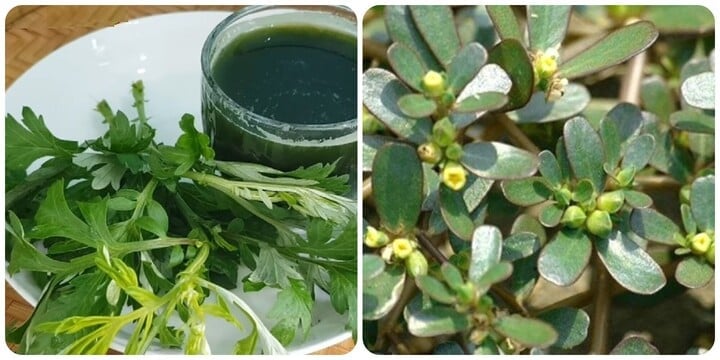
Mugwort, purslane... are wild vegetables used by traditional medicine practitioners as medicine.
Amaranth
Amaranth contains many nutrients, such as vitamin C, B1, B2, vitamin PP, carotene, ethylcholesterol, dehydrocholesterol compounds... Amaranth leaves and young branches cooked in soup have anti-inflammatory and detoxifying effects; treat acne and dysentery. Amaranth seeds have a sweet taste, cold properties, and have the effect of cooling the liver, clearing heat, benefiting qi, and brightening the eyes. Medicines often use amaranth seeds to make a decoction to drink.
Amaranth bark is used to treat irregular menstruation and anemia. Amaranth leaves are used to treat pain and rheumatism. Powdered or soaked in alcohol, the bark is used as a tonic and to treat malaria.
Gotu kola
Gotu kola is also known as tich tuyet thao, lien tien thao, belonging to the Apiaceae family. The plant grows wild in tropical countries including Vietnam. When fresh, the plant has a bitter, slightly unpleasant taste, and can be harvested year-round. According to Oriental medicine, gotu kola is neutral, non-toxic, cooling, detoxifying, diuretic, used to treat hemoptysis, diarrhea, vaginal discharge, and lactation, and can be used in combination with knotweed to stop bleeding. Medicines often use fresh leaves, crushed, and the juice to drink.
Mugwort
Mugwort is also known as moxibustion, ointment, mugwort leaf, and belongs to the daisy family. The plant grows wild in many places.
Mugwort contains essential oils, tannins, adenine, and choline. According to Oriental medicine, this is a warm, spicy medicine, used as a medicine to warm the blood, regulate menstruation, stabilize pregnancy, treat abdominal pain due to cold, irregular menstruation, restless fetus, hemoptysis, and nosebleeds. In addition, mugwort is also used as a medicine to treat digestive disorders, abdominal pain, vomiting, worms, and malaria. People can boil mugwort with water, soak it in boiling water, drink it in powder form, or in concentrated form.
Above are 5 types of wild vegetables that are used by traditional medicine practitioners as medicine. These vegetables are all very good for health. However, if you want to use these vegetables to treat diseases, you should consult your doctor before using them.
Source: https://vtcnews.vn/5-loai-rau-moc-dai-duoc-luong-y-dung-lam-thuoc-ar907460.html



![[Photo] "Beauties" participate in the parade rehearsal at Bien Hoa airport](https://vstatic.vietnam.vn/vietnam/resource/IMAGE/2025/4/11/155502af3384431e918de0e2e585d13a)


![[Photo] Looking back at the impressive moments of the Vietnamese rescue team in Myanmar](https://vstatic.vietnam.vn/vietnam/resource/IMAGE/2025/4/11/5623ca902a934e19b604c718265249d0)

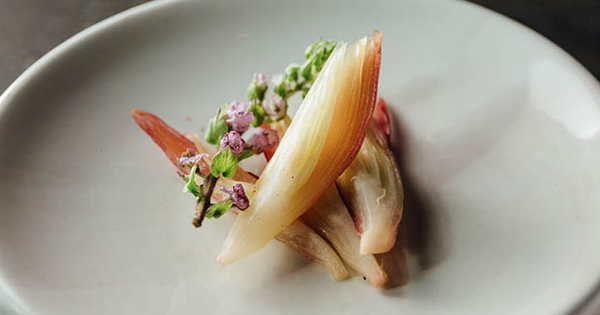

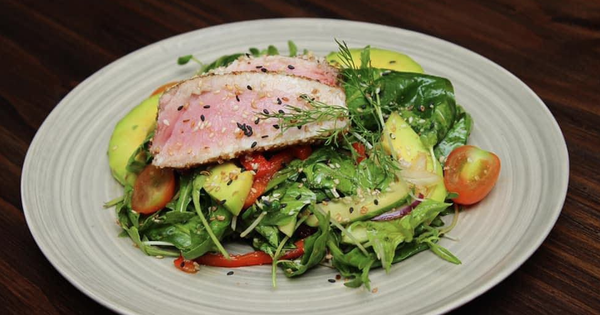

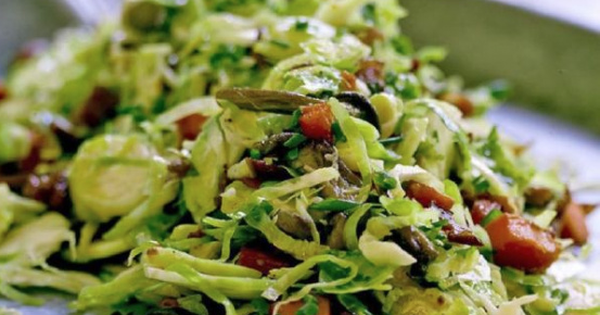
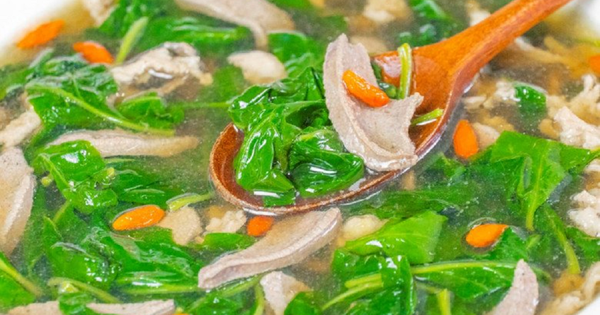


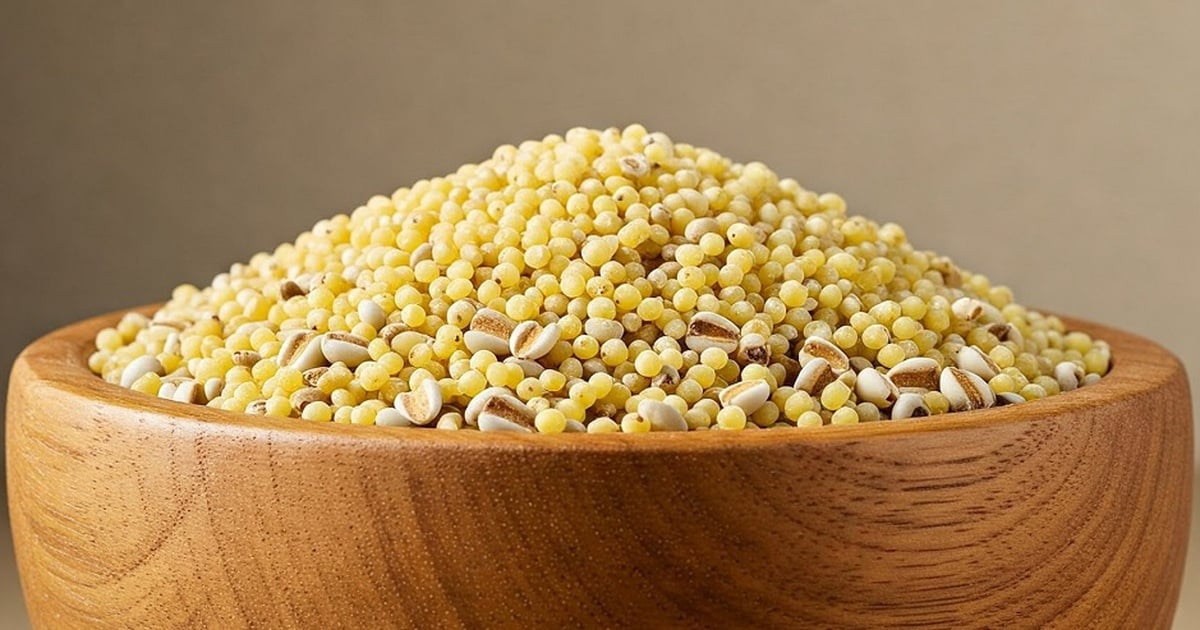













![[Photo] Summary of parade practice in preparation for the April 30th celebration](https://vstatic.vietnam.vn/vietnam/resource/IMAGE/2025/4/11/78cfee0f2cc045b387ff1a4362b5950f)
















































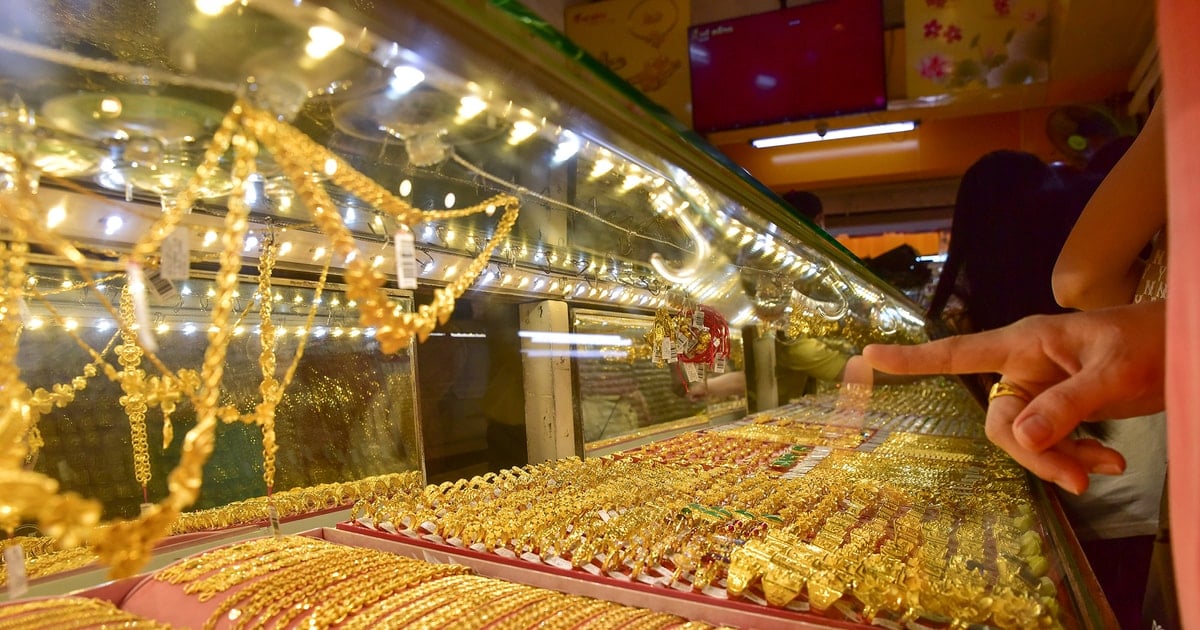
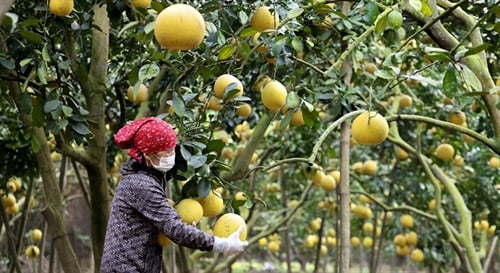












Comment (0)